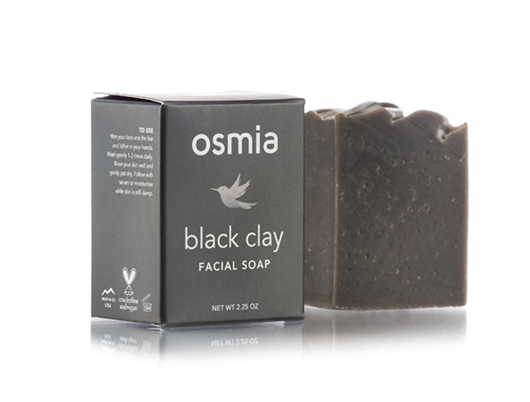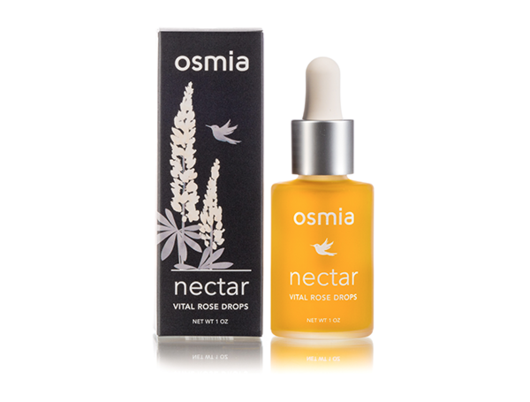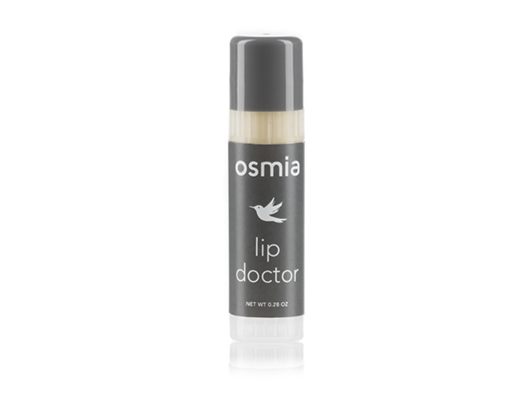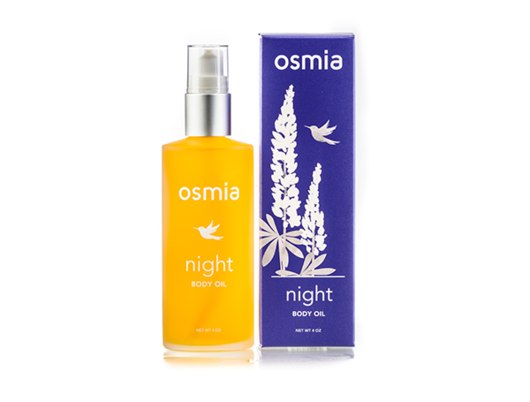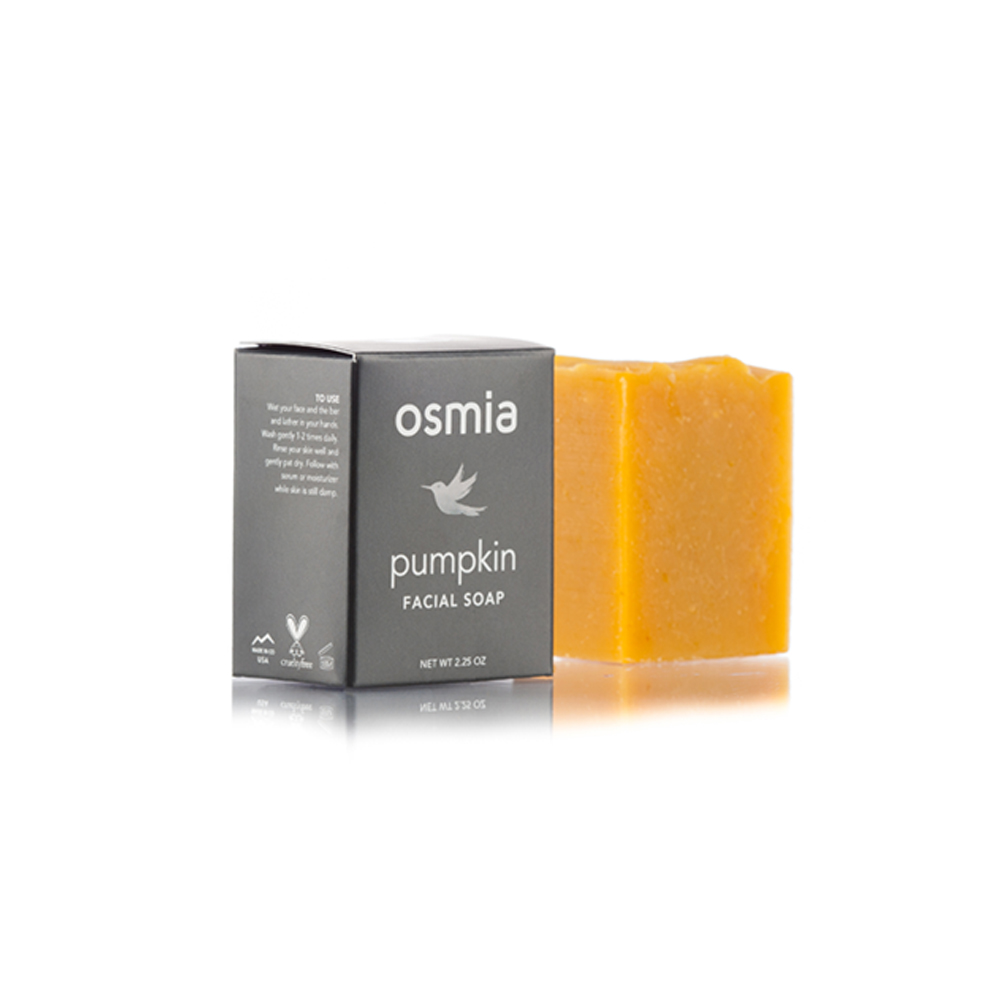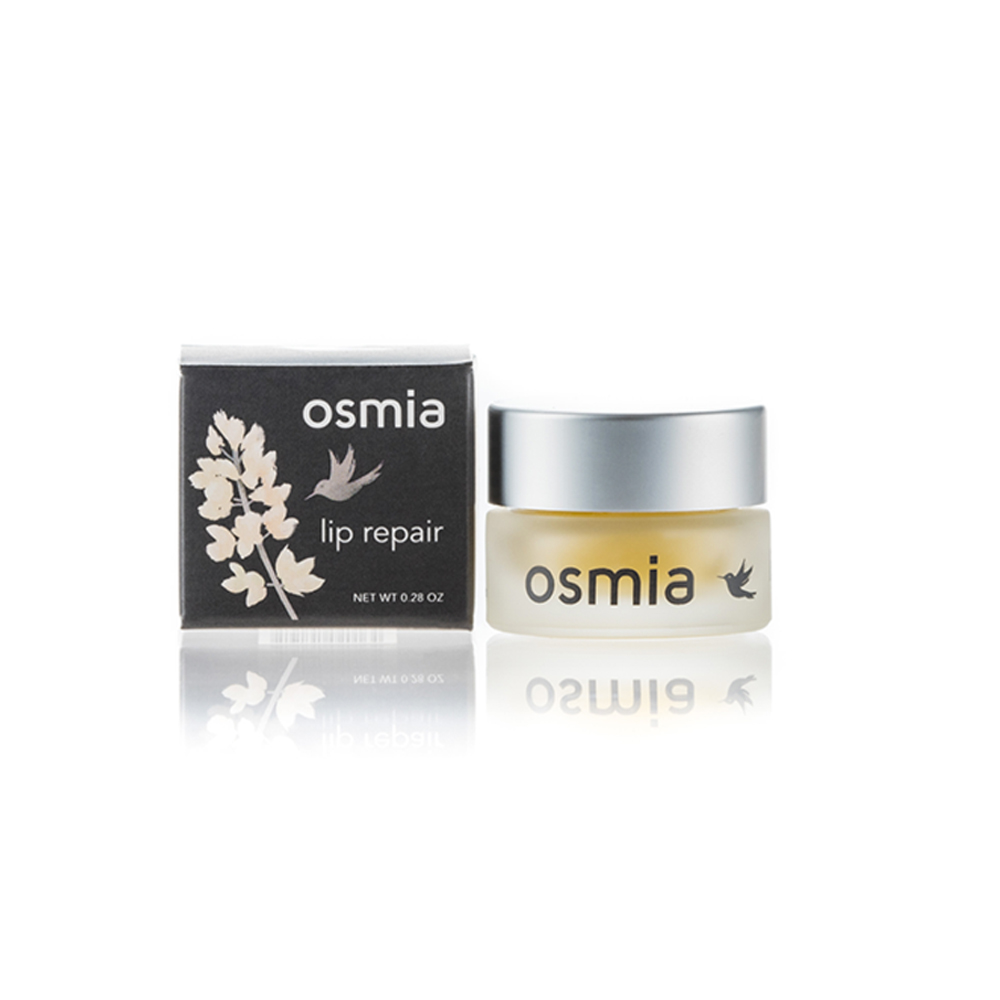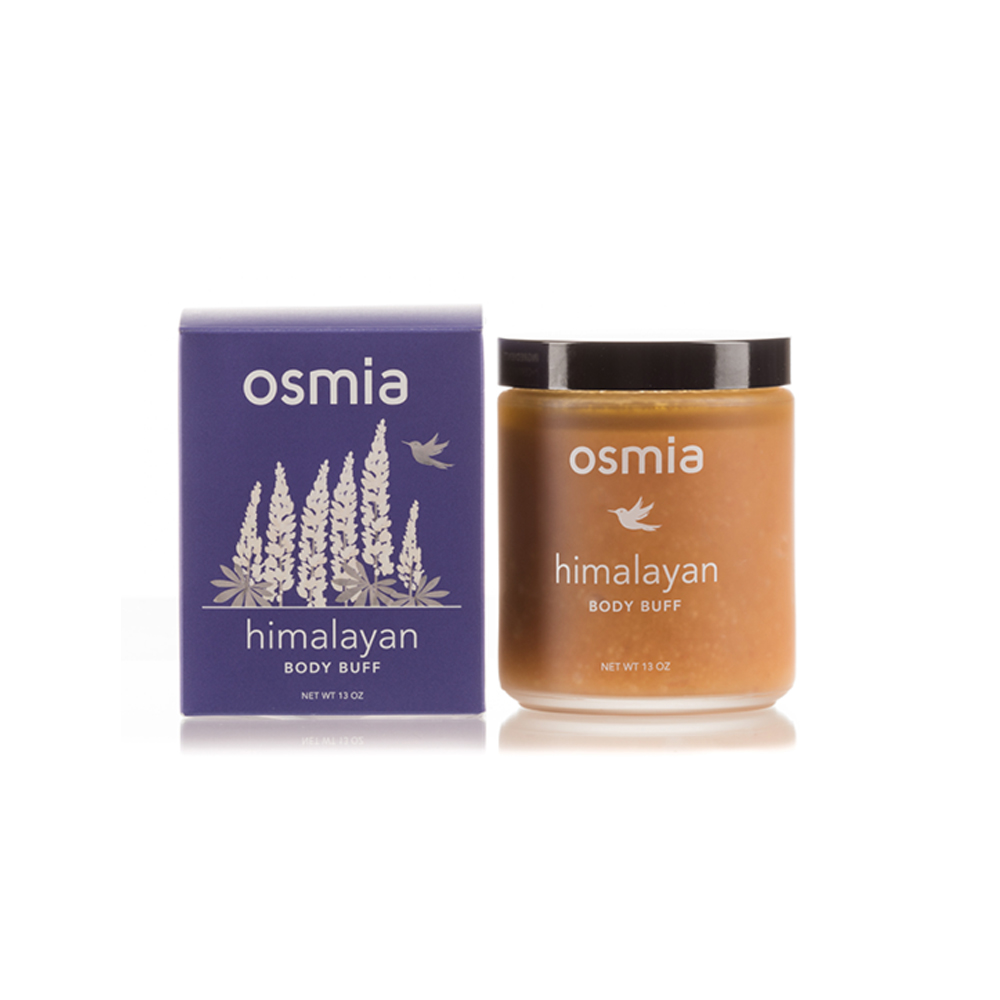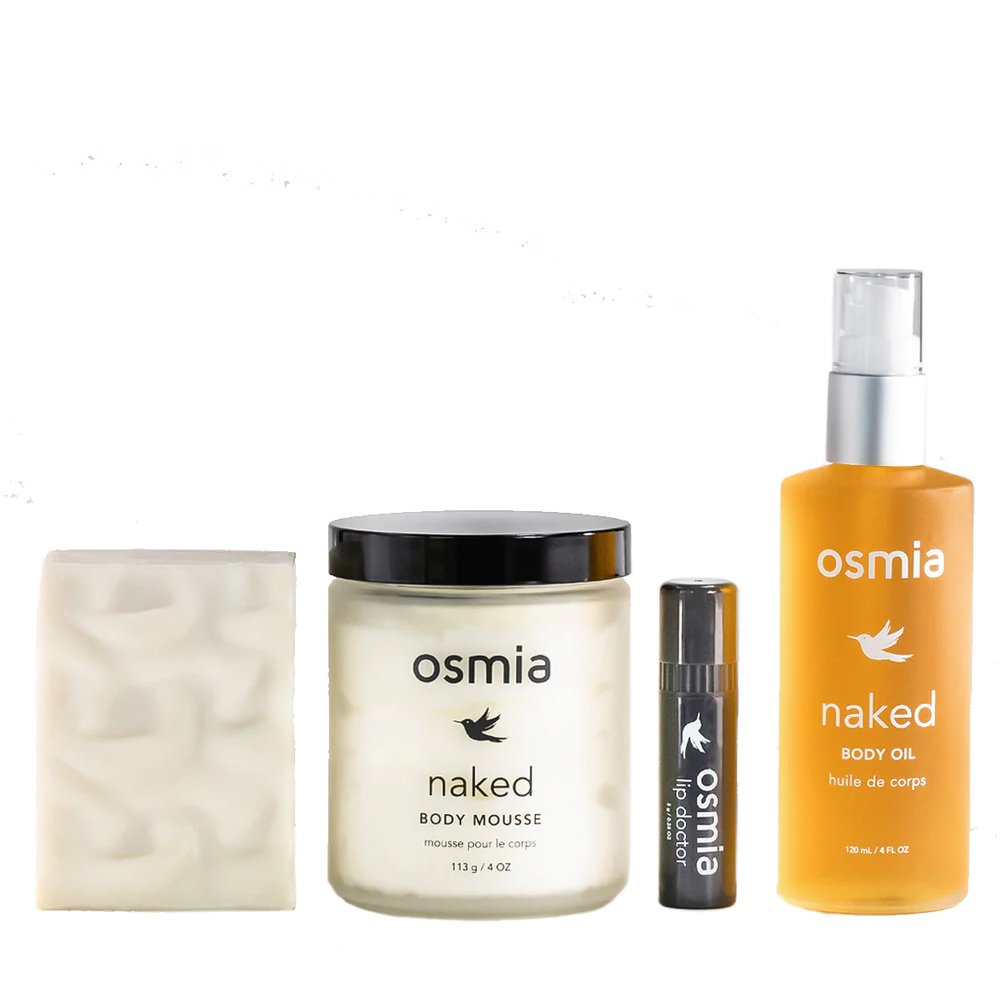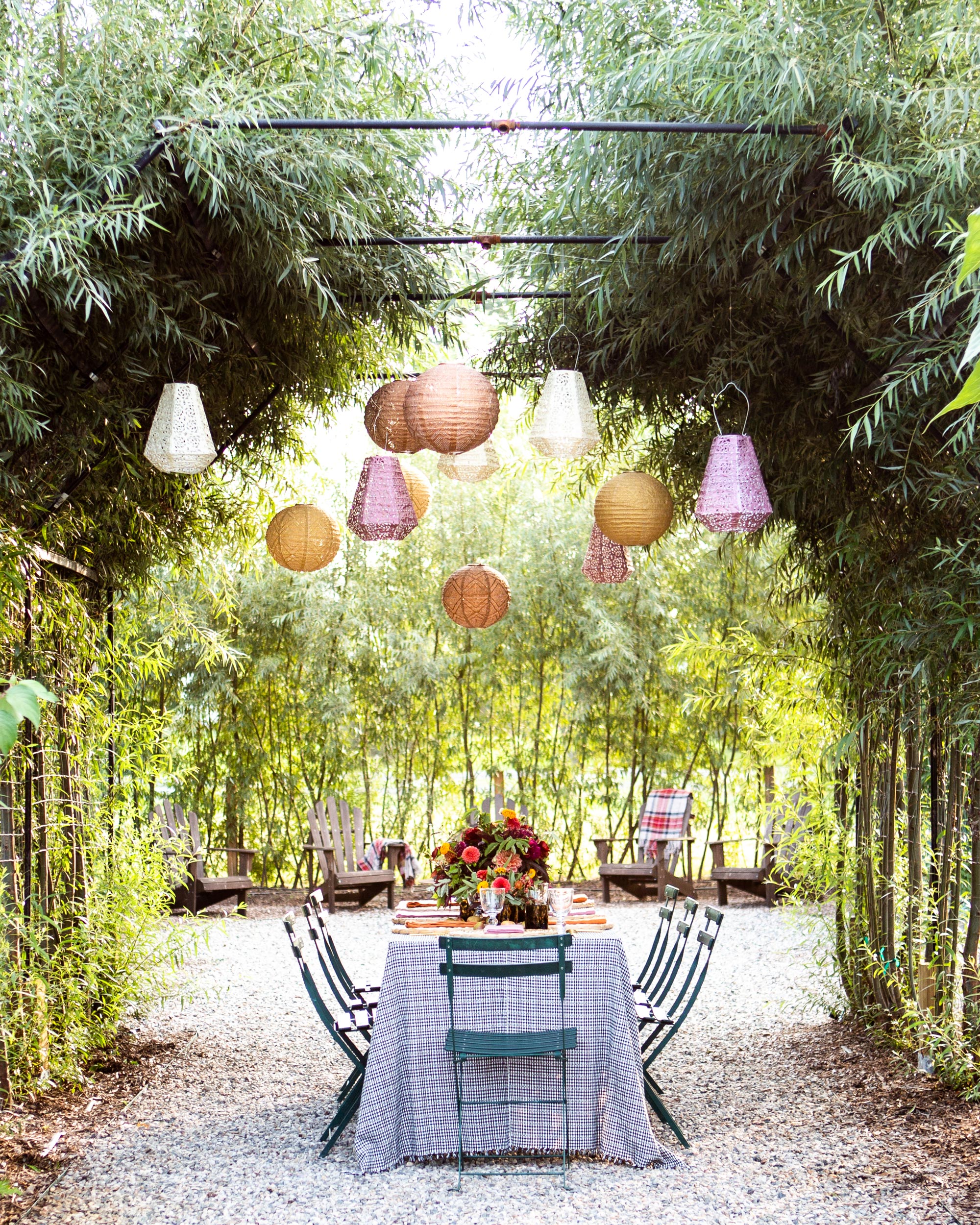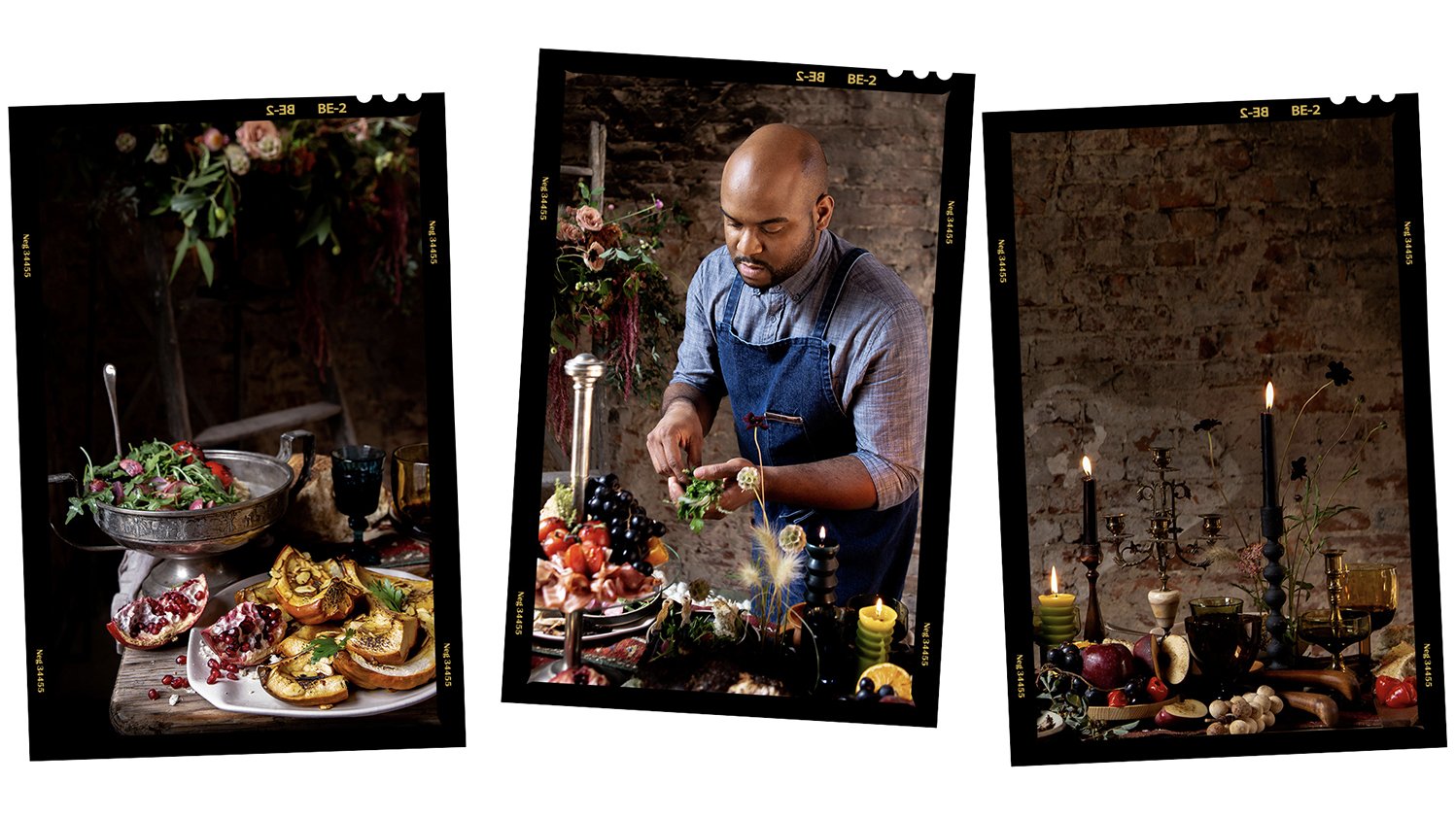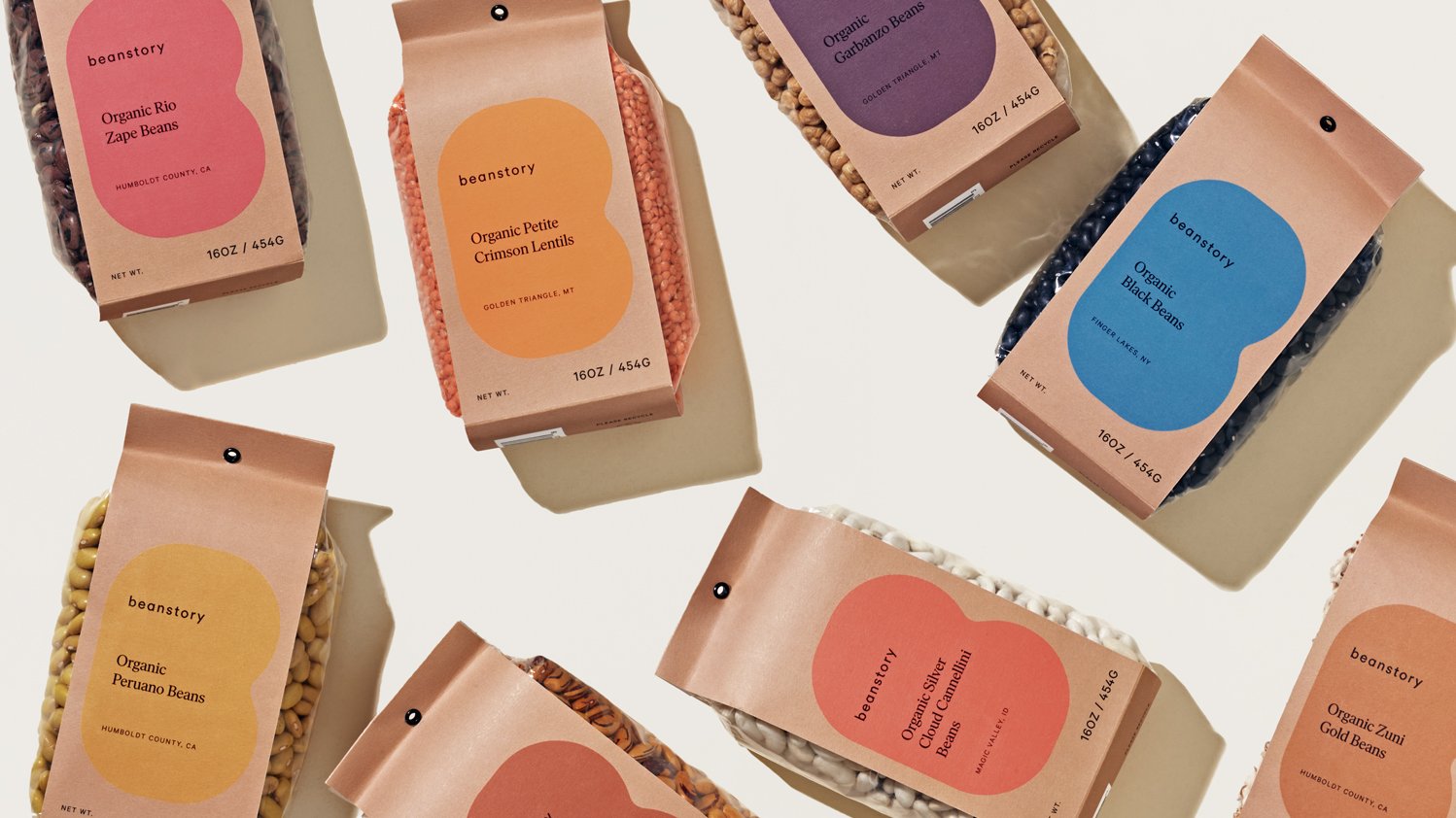Osmia’s Mission to Clean Up Skin Care

“I moved into a storage room in a friend’s house, set up a lab, and put on gigantic chemistry goggles, and I was essentially a version of Walter White—except, like, a healthier version—for about two years,” Dr. Sarah Villafranco says, remembering the moment when she became obsessed with the art and science of soapmaking.
“As a physician, my instinct was to try to help people heal in the least invasive and most productive ways possible,” explains Osmia founder Dr. Sarah Villafranco, “which often involved wanting to talk to them about their diet, stress management, exercise, and those sorts of basic pillars of human health.”
At the time, Villafranco was a practicing emergency-room doctor. “But after roughly 10 years,” she says, “I found that I was feeling frustrated on multiple levels.” She was also dealing with the death of her mother from pancreatic cancer. “My mom was a crazy-healthy, 64-year-old, vibrant being who just sort of circled the drain and died,” Villafranco explains. “After watching that, it made me not just frustrated with certain aspects of medicine, but really frustrated when patients took their health for granted.”
That’s when soap showed her a new way. “I was nursing my second daughter and working a little bit in the ER and trying to figure out how to make medicine feel better to me, and I took a class making soap—it was like a spark ignited my insides,” she recalls. “I also knew, because of my background and my science education over the years, that I could learn the art and science of making soap more quickly than the average Jane. So I did.”
The more she dug into it, though, the more she realized it wasn’t just about making soap. “It was about changing what people were using on their skin and achieving a deeper understanding of the health impact that certain chemicals are having not only on humans, but on animals and the Earth.”
Skin-care companies currently don’t have to list their fragrance ingredients; they can just say ‘fragrance.’ Whatever’s in there is in there, and it’s usually hundreds of chemicals.
Ours is a company that uses the most beautiful ingredients that nature has to offer, but also aims to educate people about what they’re exposing themselves to in their skincare.
This eye-opening moment led Villafranco to leave the ER and launch organic skin-care company Osmia in 2012. Based out of Carbondale, Colorado, she and her team produce soaps, cleansers, creams, masks, lip balms, body oils, serums, and nectars that avoid using the harmful chemicals found in most store-bought, commercially made stuff. Among the company’s Tox Screen—its official list of banned ingredients—you’ll find endocrine-disrupting chemicals such as parabens and phthalates; known carcinogenic substances such as sulfates and other ethoxylated ingredients; pore-blocking petrochemicals, including petroleum jelly and mineral oil; as well as synthetic colors and fragrances. “We use as few ingredients as we can, from as close to their natural source as possible,” Villafranco says.
But beyond creating clean, environmentally sustainable, harm-free products, Villafranco also has a broader goal: helping and encouraging people to properly “care for the one body that they’ve been given,” which can easily begin with a few simple lifestyle changes, a daily wellness routine, and these five Osmia soaps, nectars, balms, and oils.
Sarah’s Five Essential Skin-Care Alternatives
Black Clay Facial Soap
“Our accidental superstar is the black clay facial soap,” Villafranco says. “It is a soap that I developed in the early days because I wanted to make a really beautiful bar of black soap. But at the time, I was struggling with a skin condition called perioral dermatitis, which is sort of a cross between acne and eczema, and it happens at the edges of the nose and around the chin. It’s a very frustrating skin condition. When I started using this soap, I noticed that it started to recede, and when I stopped using the soap, it came back, so I started again, and I realized, ‘Oh, geez, this is actually changing something.’ Since then, it’s been able to help thousands of people with that same skin condition (perioral dermatitis), as well as people with acne-prone skin and other inflammatory skin conditions.”
Nectar Vital Rose Drops
“This is a product that’s had a really significant effect on my skin in the last few years. You just add a few drops of it to whatever skin products that you might be using, and it has the effect of enhancing the penetration of your other products,” Villafranco explains. “Now, I am not a fan of any kind of antiaging marketing, simply because I think the conversation around aging needs to change. I think it’s a privilege to age, and I know my mom would have loved the opportunity to continue to age. But now that I’m 45, living in Colorado in the mountains, where it’s so dry, I found that at the end of the day, my skin just wasn’t able to hold on to moisture. So that’s why I developed this nectar, and just a few drops a day seem to make a really marked difference in the texture of my skin.”
Lip Doctor
“I had an allergic reaction to a mango in Jamaica that I ate directly off the tree, and I didn’t know this at the time, but mango skin has the same chemical as poison oak and poison ivy; it’s called urushiol,” Villafranco says, recalling the unfortunate incident that precipitated the invention of Lip Doctor. “And on the plane a couple of days later, my lips were, like, falling off,” she adds with a chuckle. “It took me nine weeks of peeling, cracked, and bleeding lips to figure out that, after the mango-allergy situation, within that compromised state, I had also developed an allergy to a component in castor oil called ricinoleic acid. It’s not common, but among people who have lip allergies, it’s quite common.
“Lip Doctor is one of the very few castor-oil-free lip products on the market. In addition, it doesn’t have any essential oils. Instead, it has lavender-infused oil, made with lavender that we grow on our property here in Colorado. My daughters and I harvest the lavender together, and we dry it, and then we take off the buds and send them to the Osmia crew members, who use them in the production of this product.”
Lavender Pine Soap
“Keeping with the lavender theme, this has been one of our body soaps that’s been around since the beginning,” Villafranco says. “I love it because it smells like Colorado to me. It’s a combination of lavender and fir, and it has these little bitty scrubbies and red sandalwood powder, so there is this lightly abrasive texture. It’s also unisex; guys love it and girls love it. Sometimes I’m busy testing other products or I’m using the latest seasonal release, and I’ll end up with a bar of Lavender Pine and I think, I forgot how much I love this soap.”
Night Body Oil
“I’m on sort of a mission to get people to stop using lotions because they contain emulsifiers to hold the water and oil together. There are also preservatives in them, because anything with water needs to be preserved,” Villafranco says. “Lotion is also, like, 65 percent water, so you’re paying for a product that only has 35 percent active ingredients.
“Our campaign is to get people in the habit of using body oil on sopping-wet skin. It’s a bit of a shift, they have a hard time adjusting, but once they do, they wonder, Why didn’t anybody tell me about this before? All you need are the oils; those are the antioxidant, skin-nourishing ingredients. When you massage it into your skin while it’s wet, you are creating the emulsion. And there’s no preservation required because it’s only oil. No water. No extra chemicals. Just the good stuff.”



